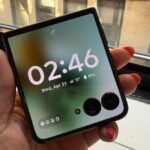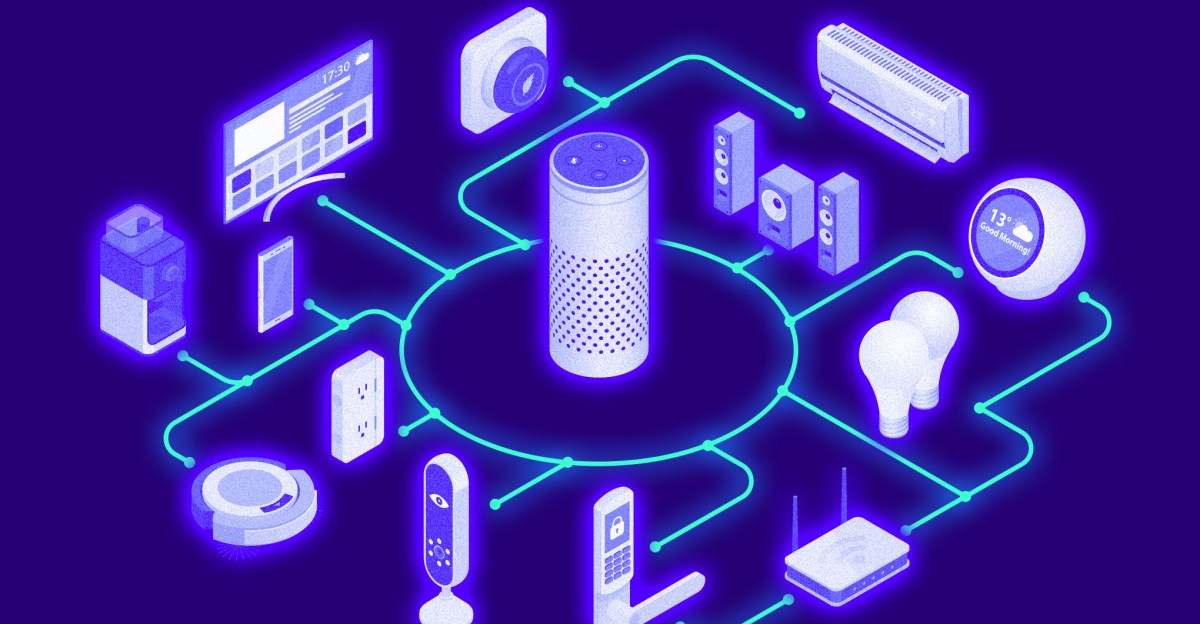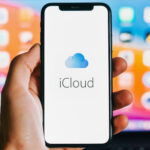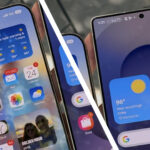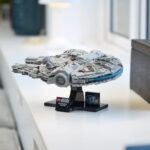Two new features coming to Matter are designed to make setting up smart gadgets easier. Multi-device QR codes and a tap-to-pair onboarding via NFC are new options for adding devices like smart lights, plugs, locks, and more to a Matter home network. The updates are part of the new 1.4.1 specification for Matter announced today by the Connectivity Standards Alliance, the organization that runs the smart home interoperability standard developed by Apple, Amazon, Google, Samsung, and others in the industry.
With multi-device QR codes, a multi-pack of devices – such as four lightbulbs or a two-pack of plugs – can now use a single QR code. When that’s scanned into a Matter-compatible app, such as Amazon Alexa or Apple Home, it will set up all four bulbs at once, rather than you having to go through the setup four times and scan each code individually, which is the current process.
NFC onboarding brings the option to skip the QR code and just tap or bring your phone near to a device to pair it to a Matter platform. This should speed up the process as well as make it easier to set up devices that have codes in awkward spots, such as lightbulbs, which have to be powered on to be paired. Trying to scan a code on a bulb when it’s already in the fixture can be tricky, not to mention painful to the eyes (speaking from experience).
NFC set-up isn’t new; Apple has offered it as a way of adding HomeKit accessories for a while, and smart lighting manufacturer Nanoleaf also has it as an option on its devices. But it’s not widely used. Hopefully, the addition to the Matter spec will bring more adoption.
A third update with 1.4.1 allows you to accept any terms and conditions a manufacturer requires directly from the smart home controller app you’re using to set up the device — such as Google or Apple’s Home app. Currently, if T&Cs are required, you’ll be kicked into the manufacturer app.
Called Enhanced Setup Flow, this appears to be designed to meet regulatory requirements such as Europe’s GDPR, but it could be a step towards adding more manufacturer information in smart home controller apps, meaning less need to use third-party apps.
We won’t see security cameras, smart speakers, or any new major features come to Matter until late 2025 at the earliest
The release of the Matter 1.4.1 spec and SDK means developers can now implement these features in their devices. However, it will still be a while before you see them on the gadgets you buy for your smart home, and it could be even longer before the smart home platform you use supports them.
Anything that makes setting up a Matter device smoother is a welcome update. To date, the process has been very hit or miss for me, and I’m not alone. While things have definitely improved, easy setup is one of the core ideas behind the standard. It’s been over two years since Matter launched, and I would have hoped this would be solved already.
These updates are very minor for a new spec release, which is why it has the 1.4.1 designation — the first dot dot release for Matter. The CSA confirmed this is its official spring release, labeling it Matter’s first “minor release,” and saying that they are still on a bi-annual release cadence following the 1.4 update in November 2024. This means we won’t see security cameras, smart speakers, or any other new device types or major features come to Matter until late 2025, at the earliest.
While that’s disappointing for those of us watching Matter closely, it does jive with the CSA’s statement from earlier this year that 2025 is going to be a year of focusing on reliability and performance.
What is Matter?
Matter is a smart home interoperability standard designed to provide a common language for connected devices to communicate locally in your home without relying on a cloud connection. It is built to be secure and private, easy to set up, and widely compatible.
Developed by Apple, Amazon, Google, and Samsung (and others), Matter is an open-sourced, IP-based connectivity software layer for smart home devices. It works over Wi-Fi, ethernet, and the low-power mesh networking protocol Thread. The standard currently supports most of the main device types in the home, including lighting, thermostats, locks, robot vacuums, refrigerators, dishwashers, dryers, ovens, smoke alarms, air quality monitors, EV chargers, and more.
A smart home gadget with the Matter logo can be set up and used with any Matter-compatible ecosystem via a Matter controller and controlled by more than one system via a feature called multi-admin.
Amazon Alexa, Google Home, Samsung SmartThings, and Apple Home are some major smart home platforms supporting Matter, along with hundreds of device manufacturers.
Read the full article here



